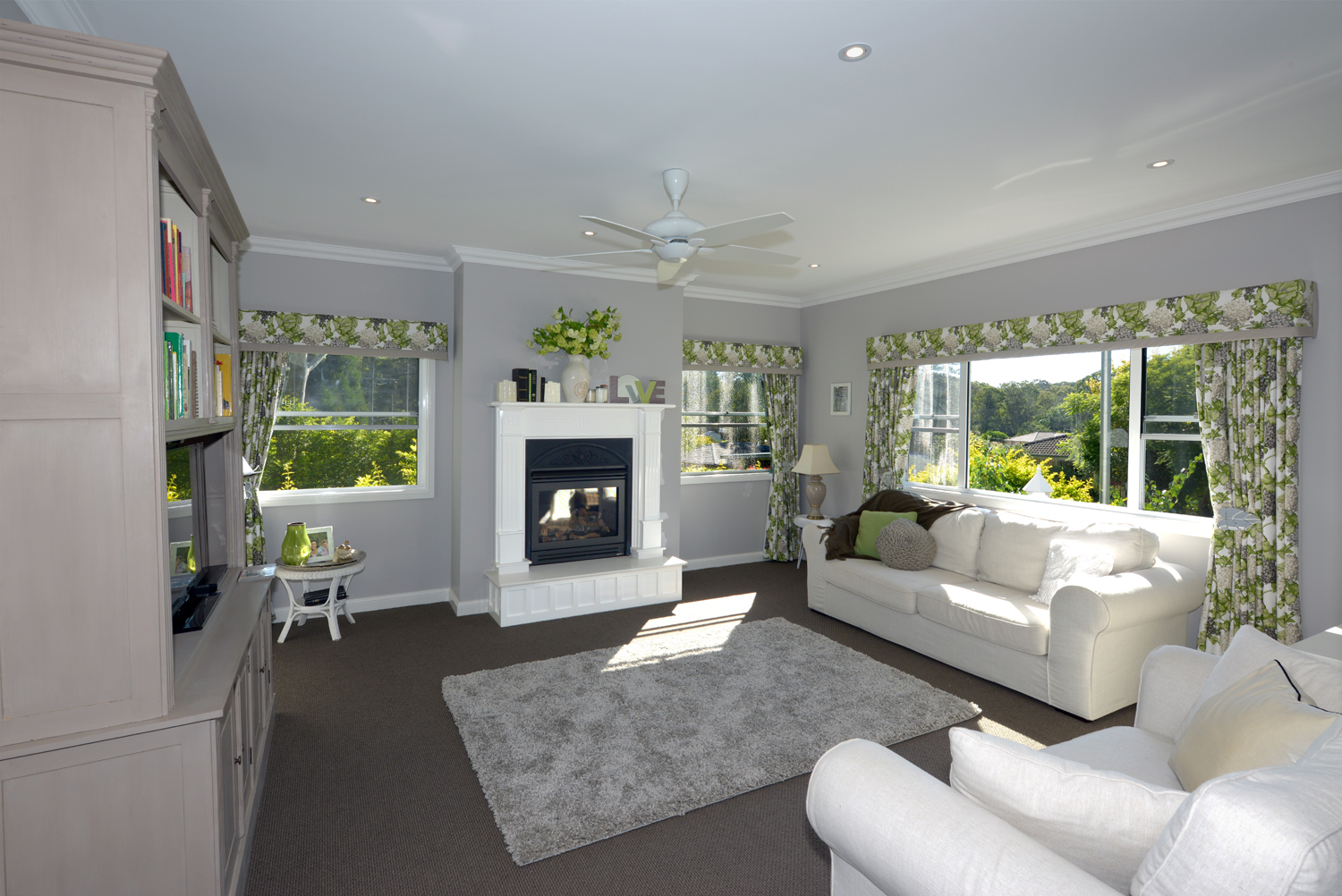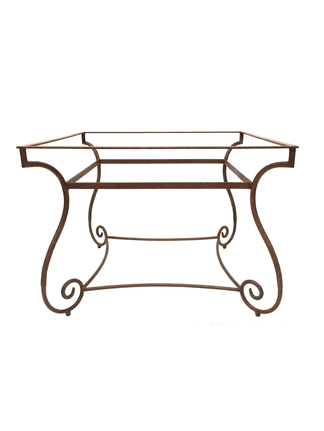A home office needs to be comfortable and functional, but that doesn’t mean compromising on style or self-expression
Home offices are fast becoming a way of life. It’s been suggested that in excess of a million Australians are shunning the daily commute, choosing instead to conduct their work from home. The majority of these are self-employed and most use IT as part of their job. Add to this the growing number of people who regularly take work home and need a dedicated space for report writing and budget juggling, and it is clear that if you don’t have a home office already, creating one should be something you should factor in to any renovating or redecorating plans.
Whether you are a full-time home worker or just want occasional freedom from the office, it makes sense to pay as much attention to the design of a home work space — whether it’s a dedicated room or part of a larger living area — as you would the design, decoration and layout of any other part of your home. Stark, dreary spaces with strip lighting may still be the norm in some company offices, but there’s no excuse not to use the materials and top-quality finishes in your home office as you would in the living areas of your home. In addition, what you do should be reflected in the work space you create. If you work in a funky field like public relations or graphic design, you might want to go for a more relaxed design. But if you are employed in a more traditional profession, such as finance, show this in your home office. This is especially important if you are likely to have clients visiting or work meetings with colleagues.
You might be lucky enough to have a house with a custom-built office or maybe you want to transform a spare room — or even a vacant corner — to house your working life. Whatever the scenario, setting up a home office requires making many decisions, from the colour of the walls to the style of furniture, as well as giving thought to safety, ergonomics and IT requirements. Many of these decisions will be based on your personal preferences but some will be based on sound design principles. If you have only a corner to work in, you can make it your own by creating partitions or by using furniture to section off the space. Partitions offer imaginative ways to section off an area and leave your work behind at the end of a day. Furniture, such as free-standing cabinets and/or shelving, can also be used to create a work area, as can custom-built designs. Open-plan spaces are popular in many company buildings, although they tend not to be so popular with people working there, so you will need to decide how much privacy you want while you’re working. Are you happy to see your family while you’re toiling away or do you need your own private hideaway?
The most important piece of furniture will be your workspace. Desks don’t have to be traditional. As long as you are comfy and have enough room to work, you can use your imagination to fit together the most stylish of designer chairs and tables. Of course, there is a plethora of stylish, ergonomically designed desks on the market, or you can go down thecustom-built route. You will be equally spoiled for choice when selecting a chair. Whether you opt for a high-end, fully adjustable executive chair or something simpler and less pricey, the key is to find something that offers proper back support, is the right height for the desk and complements the decorating theme of the office.
An organised office is a happy one and there are some stunning storage options available, whether you want to show off all your books and files or you want everything stored away out of sight. Just remember to choose something practical and in a finish that matches the look of your office space. Lighting is also important in the home office, in particular ask lighting. You need to make sure you don’t strain your eyes, but unlike most commercial offices chic lamps can create an atmosphere to get you in the mood for work. And if you need to be highly computerised, incorporate all your current and future equipment needs into your decorating or renovating plans. This may require installing additional power points as well as telephone and internet connections. What equipment you need and how often you need to use it will also partially determine the desk and storage solutions you employ and here you place your office furniture.
Should you be planning on employing staff, you will also need to make space for them, and if clients will be visiting you will need to have somewhere for them to sit — perhaps a designated seating/meeting area. You will also want to convey the company image when they visit. One design solution that is popular with those turning a guest room into an office is to include a sofa bed. This will provide a place to sleep by night but the bed can be closed up during the day to provide a place for clients to sit. An adjustable lamp on a table near the arm of the sofa can double as a bedside lamp for reading and a work light for the desk positioned alongside it.
If you are using the room for work and sleep, try to keep as much office gear behind closed doors as possible, otherwise guests may wake from a night’s sleep with a case of executive stress. Colour choice is also an important consideration for home offices, where lots of ‘brain strain’ can occur. Fresh, lively colours are mentally stimulating; many pastels are considered soothing, while some people find that dark colours can thwart mental activity and even be depressing. Personal preference should be your starting point. Then do a colour test by surrounding yourself with the colour you prefer — before painting the room — and observe how it affects your mood. If you feel stimulated yet calm, the colour will probably work for your home office area.


